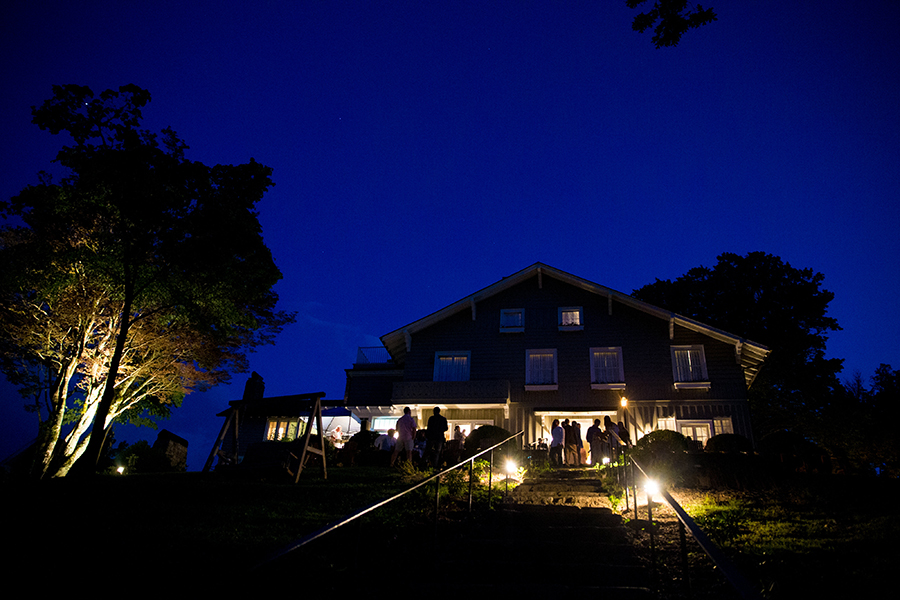Sweet As Honey: A Spotlight of the Owners of Killer Bees Honey
A stone’s throw from The Greystone Inn, the Killer Bees Honey farm hums with activity. After living in cities like Chicago, Los Angeles, and Charlotte for most of their lives, owners Denise Altay and Sean Collinsworth settled on a 75-acre parcel of land on Walnut Cove Mountain. Now a certified wildlife refuge with sweeping vistas of the Blue Ridge Mountains, this is where they cultivate impeccably pure honey—tested each and every year by independent labs to ensure it remains free of toxins, pesticides, and chemicals like the common herbicide, glyphosate.
A beekeeper since the age of twelve, Sean brought three hives to their new mountain home—and realized just how special this ecosystem was for producing honey. “We were in this incredible, magical sweet spot,” Denise said. This was due in part to the rich flora growing on the mountain, coupled with a climate that limits the amount of time bees spend collecting pollen and nectar. Sean’s bees, in their ever-growing number of hives, traveled to a greater variety of flowers as they produced honey, creating an uncommonly rich flavor.
Denise and Sean also found their land was home to an immense amount of sourwood, a deciduous tree with long leaves and thin strings of blossoms. Sourwoods are unique to southern Appalachia, growing extensively from Georgia to Western North Carolina and creating a honey sought after around the world. “Really good sourwood [honey],” Denise said, “should have a caramelly, buttery beginning and a hint of anise at the end—licorice.”
In addition to their business, Denise and Sean operate the Queen’s Brigade, a non-profit that donates to university-level research on the creature that makes all of this possible: the honey bee. The fifty hives at Killer Bees Honey produce two honey flows a year, one wildflower flow and one sourwood flow, sold on the Killer Bees Honey website and in local stores like the Historic Toxaway Market. Keep an eye out for their next harvest in late May, and enjoy this sweet treasure found right in Lake Toxaway!














